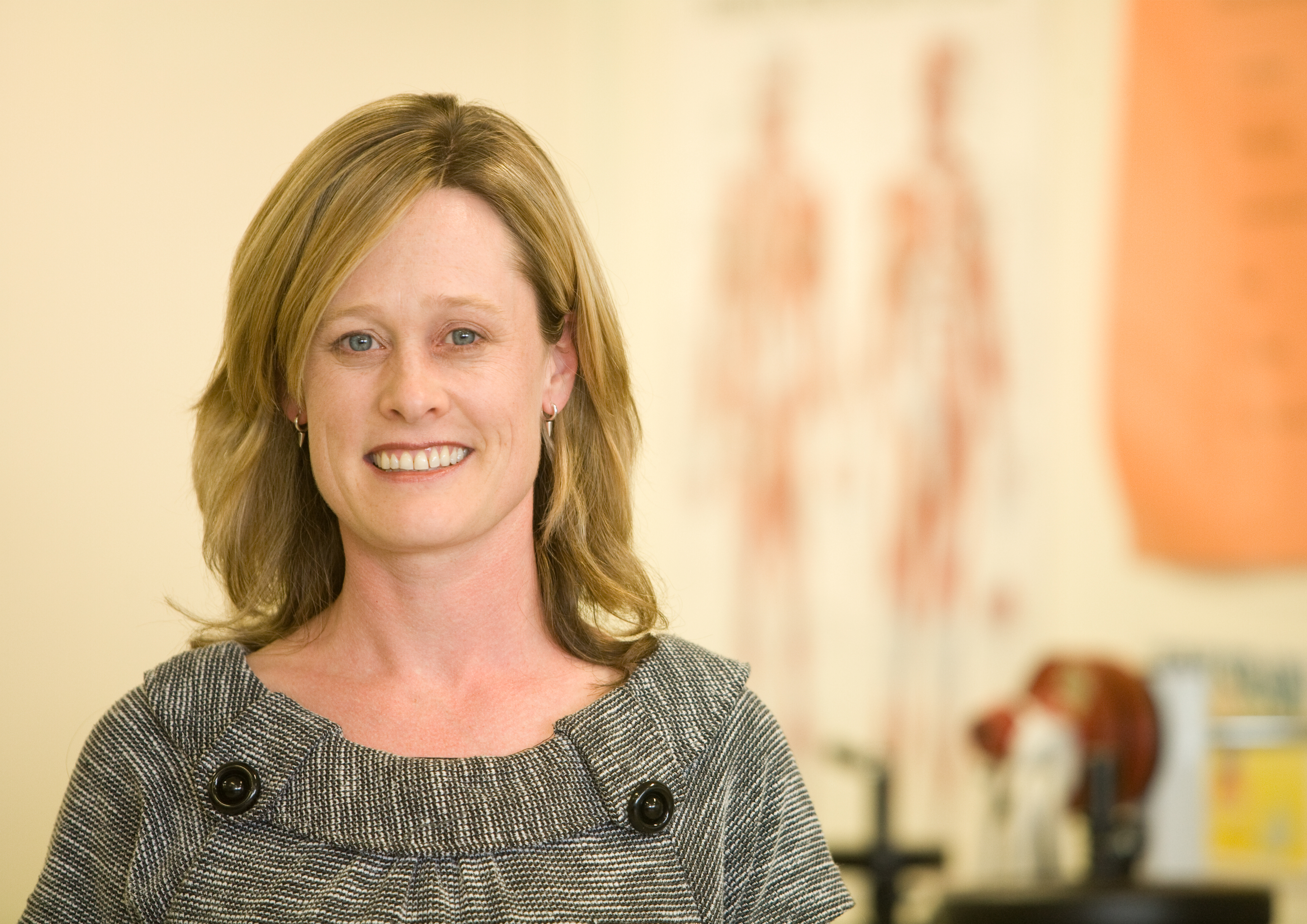The average adult takes up to 20 breaths every minute, something most people give little thought. However, breathing can be a daily struggle for people with Chronic Obstructive Pulmonary Disease (COPD),an umbrella term for a group of lung conditions that includes emphysema, chronic bronchitis and chronic asthma.
For Professor Anne Holland, investigating supportive therapies for people with chronic respiratory disease has been a career focus. A Professor of Physiotherapy at Monash University and Alfred Health in Melbourne, she has been looking at in-home rehabilitation as a way to improve access for patients with COPD.
This story is part of our 10 of the Best - twelfth edition. 10 of the Best is an annual NHMRC publication, showcasing 10 NHMRC-funded health and medical research projects. See more 10 of the Best.
Pulmonary rehabilitation is a highly effective treatment for people with COPD, involving exercise, training and education over 8 to 12 weeks.
'In Australia, COPD is responsible for more potentially preventable hospital admissions than any other chronic disease, and is a major contributor to health care costs. Only 5 to 10% of those with COPD ever receive rehabilitation because treatment is traditionally provided in hospitals or clinics,' Professor Holland explained.
In 2018, chronic obstructive pulmonary disease was the fifth leading cause of death in Australia.
Australian Institute of Health and Welfare. 'Chronic Obstructive Pulmonary Disease (COPD)' Australian Government. 25 August 2020. Accessed 25 August 2020. https://www.aihw.gov.au/reports/acm/35/copd/data
'Australia's health system has delivered rehabilitation in outpatient facilities that patients usually attend twice a week. This model has not changed significantly in 30 years, raising barriers to access such as shortage of programs and patients' poor physical mobility, breathlessness and inability to travel.
'There is an opportunity to broaden the model to include home-based services.

Photo supplied by: Monash University
This study showed that about twice as many patients completed home-based rehabilitation compared to rehabilitation in centres. It requires no specialised equipment, and its delivery is within the current scope of practice of pulmonary rehabilitation professionals.
'Our HomeBase trial showed that rehabilitation could be delivered entirely at home for people with COPD, with the same clinical outcomes as centre-based rehabilitation.' Those who completed either type of rehabilitation program were 56% less likely to be admitted to hospital during the following year, significantly lowering health care costs.
The COVID-19 pandemic caused closure of centre-based rehabilitation programs to protect vulnerable patients from infection, highlighting the need for this type of home-based program. Queries on the HomeBase model came from around the world seeking alternatives to the centre-based model of rehabilitation.
'Overall the HomeBase model has been very well received by patients and health professionals, both in Australia and across the world, who have welcomed our work as a way to deliver this important treatment to a larger proportion of those who need it.'
Next steps
Professor Holland's team will support programs across Australia to offer patients the choice of a home-based or centre-based program. 'They will learn about patient preferences and how to support implementation of HomeBase in clinical practices, and test whether offering patients this choice can increase completion of pulmonary rehabilitation and reduce subsequent hospital admissions.'
Professor Holland is currently a Chief Investigator of the NHMRC-funded Centre of Research Excellence in Pulmonary Fibrosis.